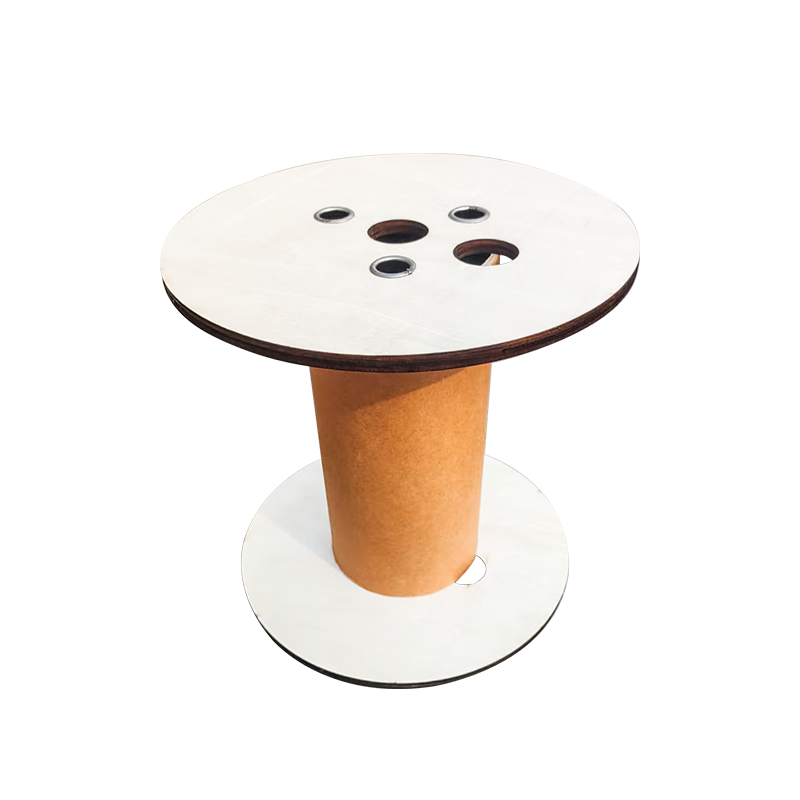Aug 01, 2025
Cable drum, also known as cable reels, are essential tools for storing, transporting, and deploying cables efficiently. This guide covers their types, applications, and best practices for safe usage.
A cable drum is a cylindrical device designed to hold and organize cables, wires, or ropes. It consists of a central core (flange) and two circular ends (heads) that prevent the cable from unwinding uncontrollably.
Cable drums come in various designs based on material, size, and application:
| Type | Material | Common Uses |
| Wooden Drum | Plywood or hardwood | Heavy-duty cables, construction |
| Plastic Drum | High-density polyethylene (HDPE) | Lightweight cables, indoor use |
| Steel Drum | Galvanized or stainless steel | Industrial environments, harsh conditions |
| Reusable Drum | Modular designs | Frequent cable handling |
Consider these factors when selecting a cable drum:
| Factor | Description |
| Cable Weight | Ensure the drum can support the cable's weight without deformation. |
| Environmental Conditions | Choose corrosion-resistant materials for outdoor or humid environments. |
| Cable Length | Match the drum's capacity to the cable length to avoid overfilling. |
| Mobility | Opt for drums with handles or wheels for easy transport. |

Cable drums are used across industries:
Regular maintenance extends a drum's lifespan:
| Task | Frequency |
| Clean surfaces | After each use |
| Check structural integrity | Monthly |
| Lubricate moving parts | Every 6 months |